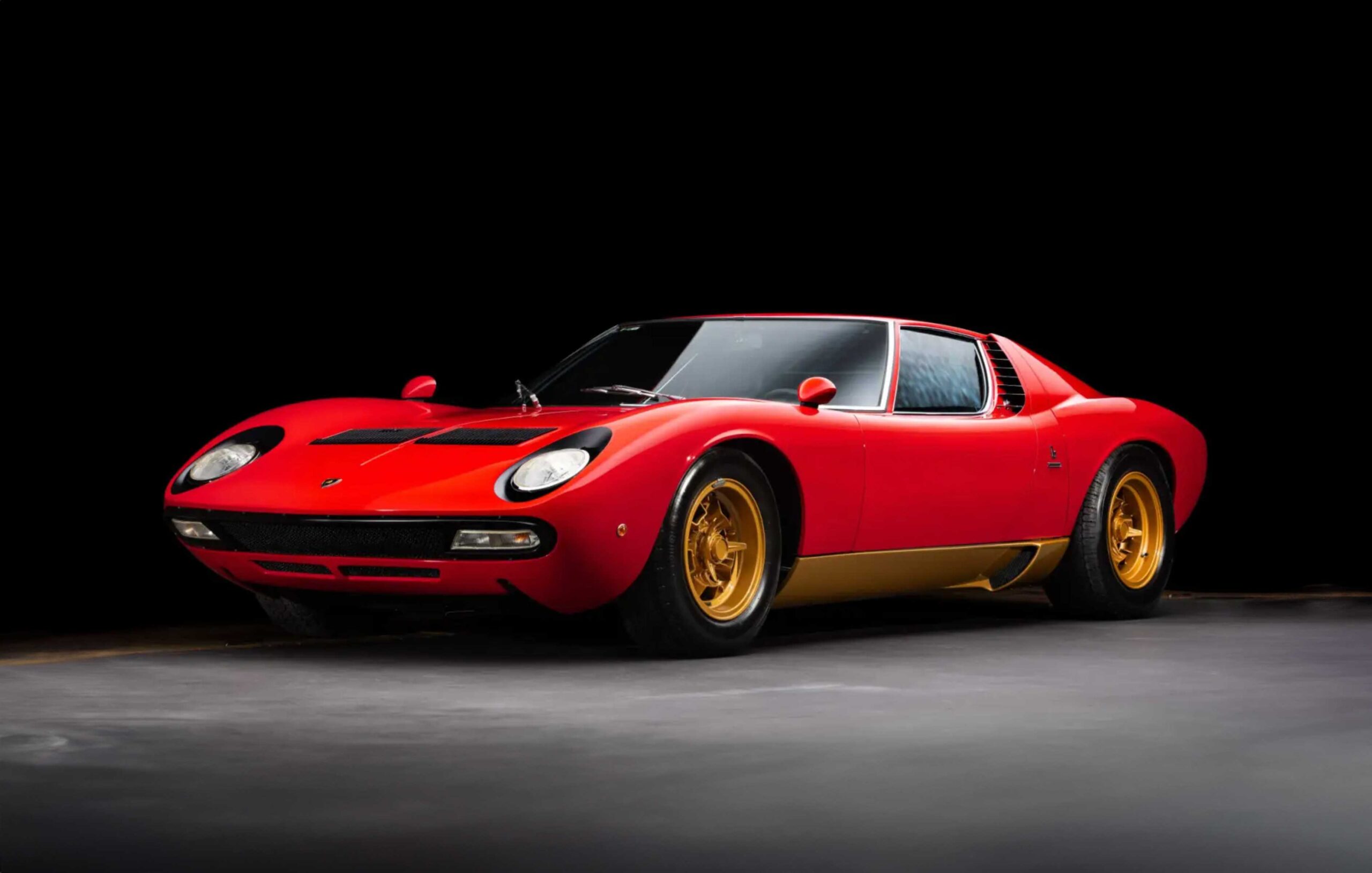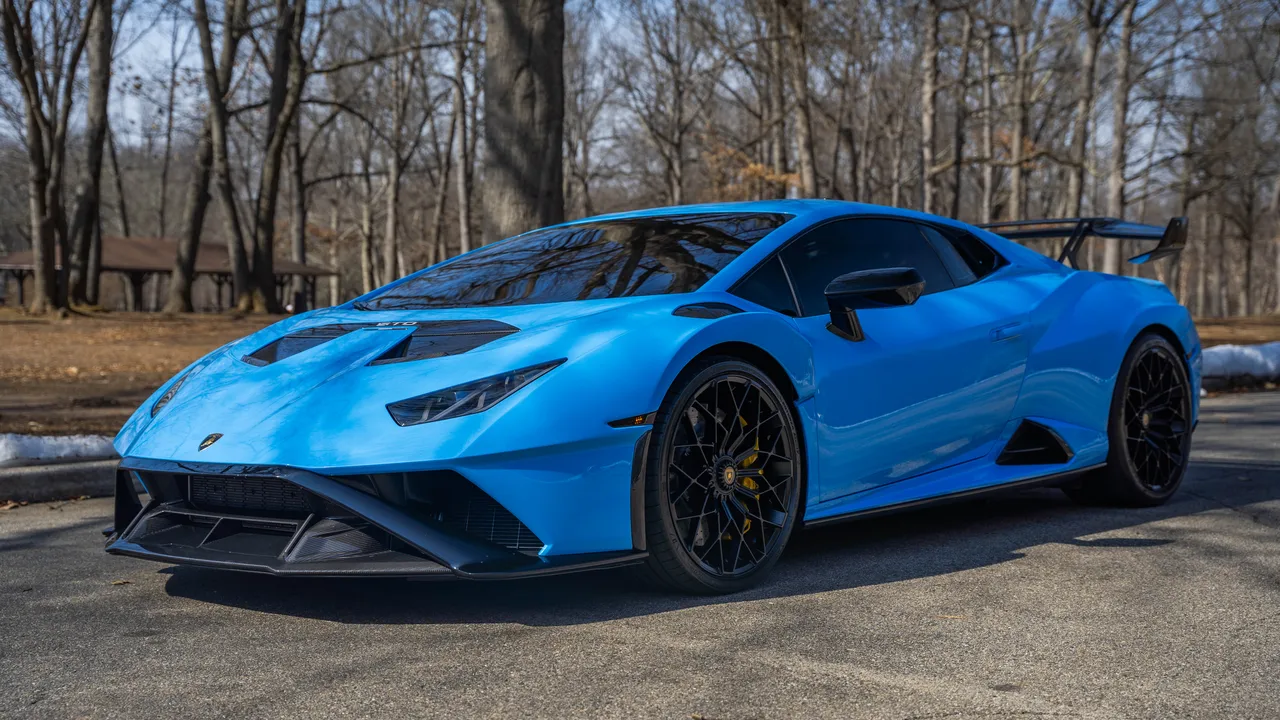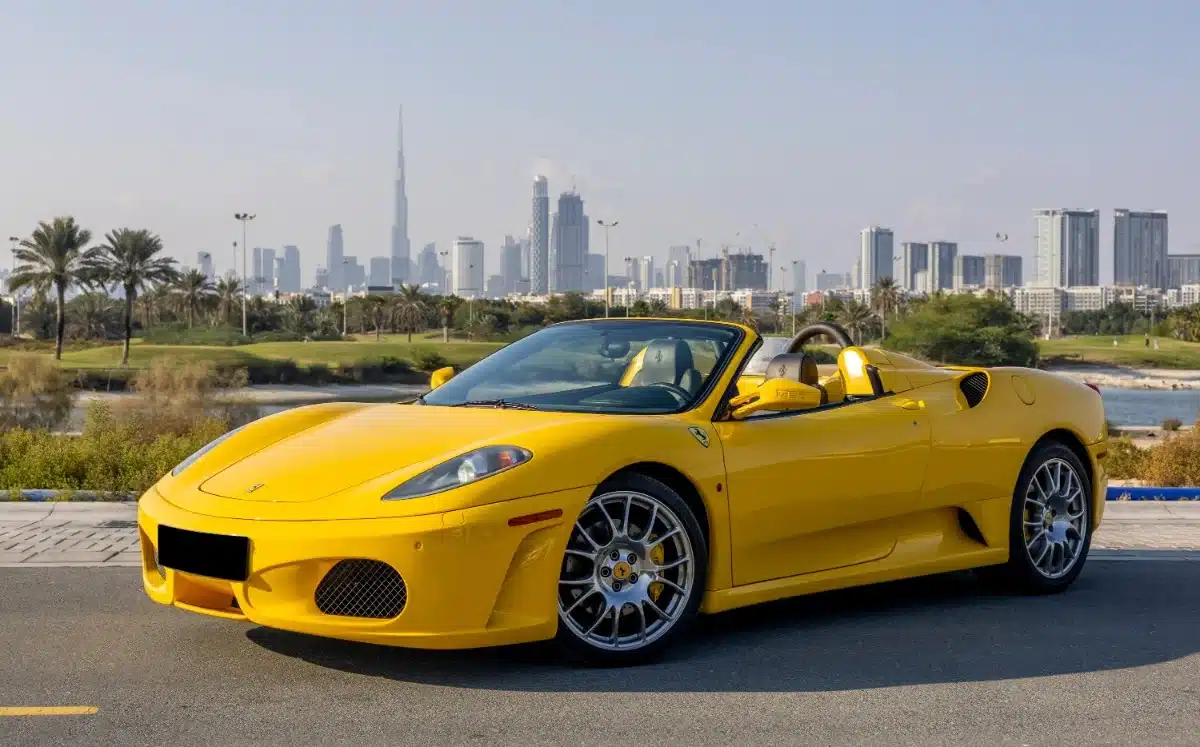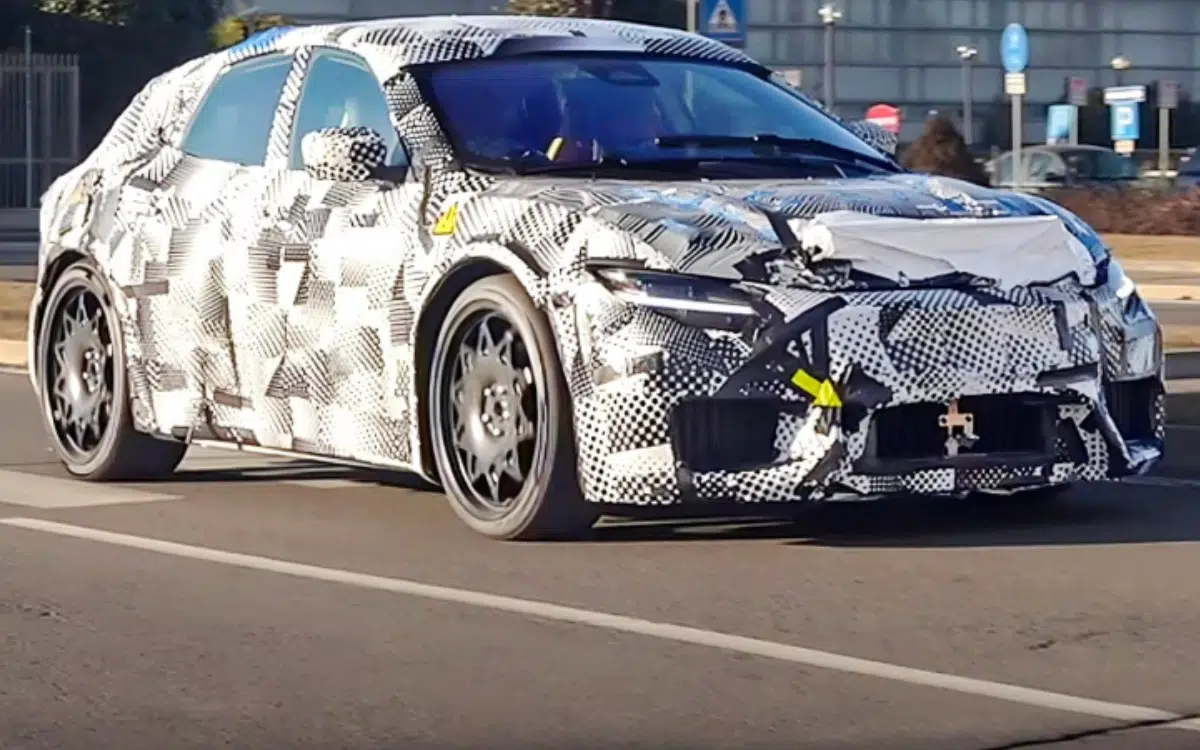Buying a Ferrari Testarossa: What You Need to Know.
Published on Jul 08, 2025 at 7:34 PM | By David Connor
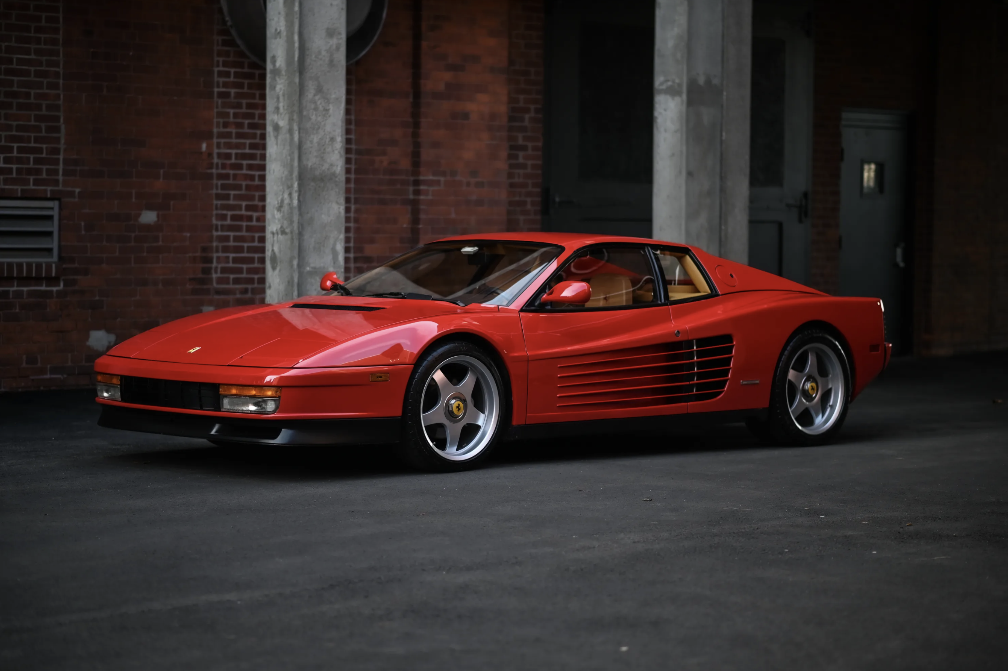
We’ve all been there, haven’t we?
That tricky point where we know we want to buy a Ferrari Testarossa but, because we just don’t have the necessary information and knowledge to hand, we’re forced to back away from the ‘Ferrari Testarossa For Sale’ signs.
So frustrating.
Don’t worry, we’re here to help. This feature aims to give you the facts and figures you need to buy the Testarossa that’s right for you while avoiding some of the potential hazards of ownership that can befall the unwary and uninformed.
First things first.
Do you have (i) approximately $30 – $50 million, (ii) around $100,000 – $600,000, or (iii) definitely fewer than $50,000?
The correct answer for the purposes of this article should be (ii) around $100,000 – $600,000, and here’s some history and model differentiation to explain how and why.
Which ‘Red Head’ is right for you?
The sobriquet ‘Testa Rossa’ (two words), meaning ‘red head’ because of the hue of the original car’s cam covers, was first given to a competition Ferrari, the 500 TR, in 1956.
Only 17 of these high-revving four-cylinder 2-liter cars were ever built. They competed successfully at Le Mans, Monza and a variety of other European and North American circuits.
If you have a spare 5 or so US$ million then you, too, can be the proud owner of a 500 TR.
In 1957, Enzo shoehorned his firm’s 3-liter V12 masterpiece into the next iteration to bear the ‘red head’ moniker, the Ferrari 250 Testa Rossa, or 250 TR.
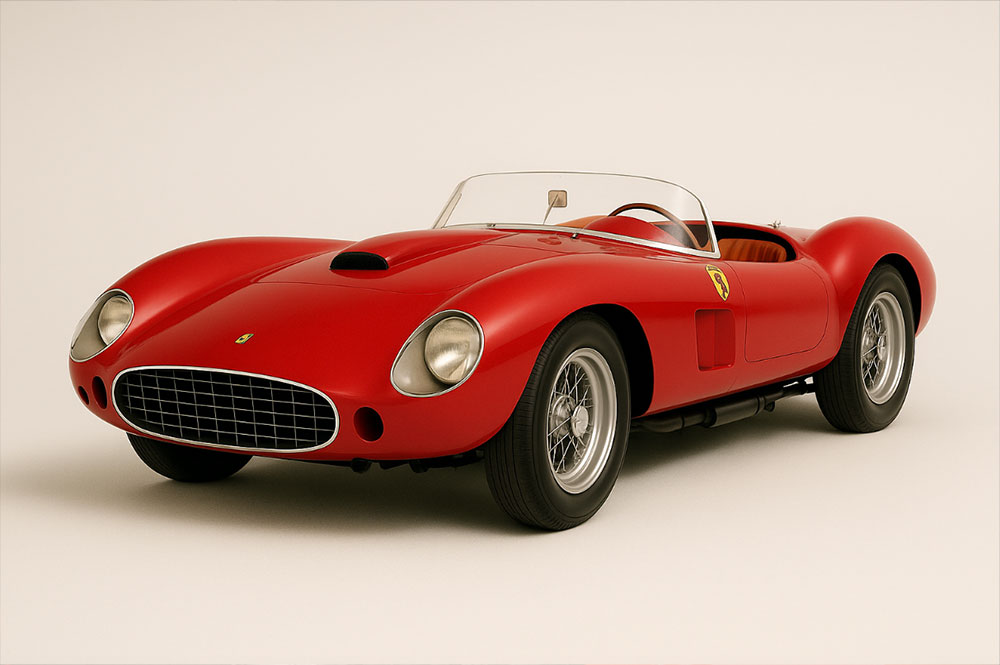
The car’s success was astonishing.
It won Le Mans in 1958, 1960 and 1961, Sebring in 1958, 1959 and 1961, the Targa Florio in 1958, the Pescara 4 Hours in 1961, and the 1000 Km Buenos Aires in 1958 and 1960.
Not content with those victories, it also secured World Sports Car Championship constructor’s titles for the Maranello marque in 1958, 1960 and 1961.
To put a 250 Testa Rossa in your garage, you’ll need slightly deeper pockets. We believe the valuation range for the surviving cars currently runs from about $30 million to just under $50 million.
Which is all very interesting, of course, but we think the car you really want is the Testarossa – one word, not two – which was introduced in 1984 and went through various iterations before the last of nearly 10,000 cars rolled off the production line in 1991.
So, we’ve already saved you many $millions and a lot of head-scratching – and we’ve only just got started.
The Testarossa: A Very Different Sort Of Red Head
When the Testarossa first emerged blinking into the light in 1984 it looked like nothing anyone had seen before.
Today, it looks like nothing anyone’s seen since.
But the trouble with being so very new and different is that it tends to divide opinion.
For some it was love at first sight. For others…less so.
The motoring press, however, were pretty fulsome in their praise for a car that was blisteringly fast and rather more pleasant to drive that the car it was designed to replace, the Berlinetta Boxer, or ‘BB’, the cabins of which famously became hotter than Death Valley if you were stuck in traffic for more than four minutes.
Few said that it was truly great, but most agreed that it was very, very good indeed. Today, our opinion is that both its looks and its reputation have aged far better than the majority of its contemporaries.
One of the principal criticisms it received was that it was too wide – almost undriveable on ‘normal’ roads, some said.
We know Tom Selleck drove a 308 in Magnum P.I., but he owned a Testarossa in real life, presumably because the latter was rather more accommodating of his 6ft 4in frame.
Well, the passage of time changes perceptions – and recalibrates reality with the benefit of hindsight: today it looks positively dainty and elfin compared to a few rather more steroidally pumped-up supercars we could mention.
But where the BB was more curvaceous than Jessica Rabbit, the Testarossa was decidedly angular, with the divisive design feature being the signature side strakes that cover the air intakes and run the length of the car’s doors.
Whether people liked the design or not, no-one could deny that it undeniably, unmistakably and unapologetically captured the zeitgeist of the 1980s.
If it could have worn a pastel-colored jacket (sleeves rolled up) with huge shoulder pads, it would have.
Which is, of course, why a white Testarossa was chosen as the somewhat unlikely Miami Police Department vehicle for ‘Sonny’ Crockett.
Rumour has it that, in 1989, Enzo himself gave Don Johnson a silver Testarossa.
Apparently, the Maranello ‘Don’ was a big fan of the Miami Don’s show.
The Evolution of the Testarossa
The Testarossa evolved across three clearly related but nonetheless distinct models over the course of its history.
The Ferrari Testarossa

The first iterations of the Testarossa took their motive power from a 4.9-liter flat 12 engine delivering 385 bhp and 361 lb-ft of torque.
As the car was crafted from aluminum (except for the steel roof and doors), this resulted in performance that saw the car reach 60mph in a little over 5 seconds on its way to a top speed of 180mph.
It was aimed squarely at the Lamborghini Countach and, like the Sant’Agata car, was never intended for development as a track or race car.
A 1985 model might be expected to command the following valuations, according to condition.
Fair: $84,000
Good: $102,000
Excellent: $157,000
Concours: $283,000
There are known issues to consider with the first generation Testarossa and, if you’re looking to buy a pre-1991 model-year variant, you’ll want to make sure that the necessary pump chain and water pump upgrades have been done and, ideally, the air-con has also been upgraded.
Maintaining and servicing a Testarossa is never going to be cheap (and if it is, walk away), but an unresolved water pump issue – which prompted a dealership recall back in the day – could prove terminal.
These and other issues were addressed and overcome for cars built for the 1991 model-year.
You might also want to bear in mind that, in the US market, the cars were fitted with the hard to source metric-sized Michelin TRX tires until 1989.
The Ferrari Testarossa 512 TR
Introduced in 1991, the 512 TR saw the engine significantly tweaked and reworked, the exhaust system improved, and a much better gear shift achieved.
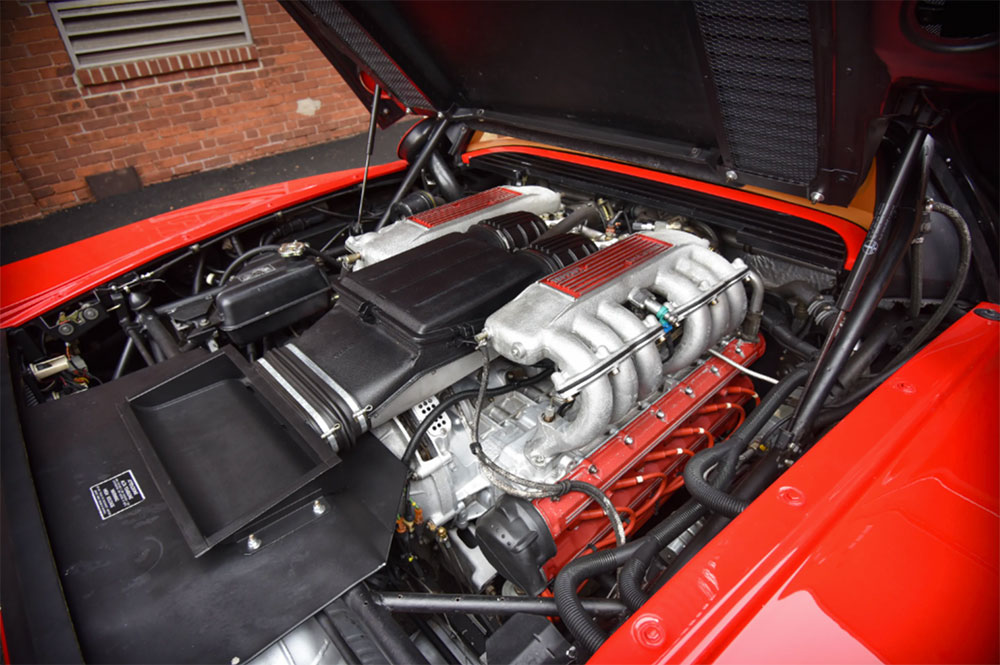
All of these upgrades, plus a subtle styling change, resulted in a 0-60mph time of around 4.8 seconds and a top speed of 195mph.
A 1992 model might be expected to command the following valuations, according to condition.
Fair: $148,000
Good: $218,000
Excellent: $309,000
Concours: $423,000
Things to look out for?
Well….a 1995 recall was issued over fuel hose fitting issues. Over 400 cars were affected.
A further 2,000 cars were recalled over the passive restraint system on the seat belts.
The Ferrari Testarossa 512 M
Introduced in 1994, the F512 M was the final iteration of the Testarossa and, as is so often the case, almost certainly the best and the version that had most successfully tackled some of the various issues experienced by its predecessors.
Only 501 cars were ever built, with just 75 made for the North America market.
Again, it was quicker. The top speed went up to 196mph and the 0-60mph dash was despatched in around 4.5 seconds. Power increased to 432bhp.
A 1996 model might be expected to command the following valuations, according to condition.
Fair: $190,000
Good: $344,000
Excellent: $470,000
Concours: $663,000
It seems that by the time the 512 M was rolling off the production line at Maranello, most of the mechanical and electronic glitches exhibited by some of the earlier cars were largely a thing of the past.
Running Costs
Realistically, you shouldn’t expect to spend much less than $5,000 per year on keeping your Testarossa serviced, maintained and running sweetly.
As ever with cars wearing prancing horse, raging bull or trident badges, cam belt changes don’t come cheap, but they do come regularly, and you should expect the price of a service to go up by at least another $2,500 each time you need to replace it.
On average, you should expect to be facing a major belt service every 33,000 miles.
SBX has auctioned a couple of Testarossas to date, and we recall one having an engine-out service and replacement starter motor in 2024. And by ‘engine-out’ service, we mean the following (as we wrote in the auction listing), “…inspecting the engine block, heads, and all components for signs of wear, damage or leaks, while also cleaning the exterior of the engine with degreaser. Key components such as sealing rings and O-rings were replaced, as were the spark plugs, distributor rotor, distributor cap, ignition wires, end plate gasket, and power steering belt. Engine oil and gearbox oil were drained and replaced, while valve clearances were checked and adjusted to workshop manual specifications. The camshaft timing was verified and adjusted accordingly, with the coolant hoses and thermostat also inspected.”
That very comprehensive body of work was carried out by respected marque specialists and came in at $22,000.
There are nightmarish stories of unfortunate folk who find themselves staring down the barrel of major work required to refurbish or replace the differential.
That kind of bad news can come with a $25,000 price tag. Fortunately, faults of that magnitude are very rare occurrences on properly curated and cared-for cars.
As ever, the sage advice is always to buy on the basis of service history and provenance as much as condition, and to find a car that has had any known model faults addressed and rectified.
Get it right and you’ll find yourself at the wheel of one of the most iconic supercars ever built, one that’s adorned the bedroom walls of countless teenagers in the ‘80s and ‘90s, and one that embodies the pedigree and spirit of Ferrari in a pure, visceral, analogue way that the marque’s modern offerings simply can’t replicate.

